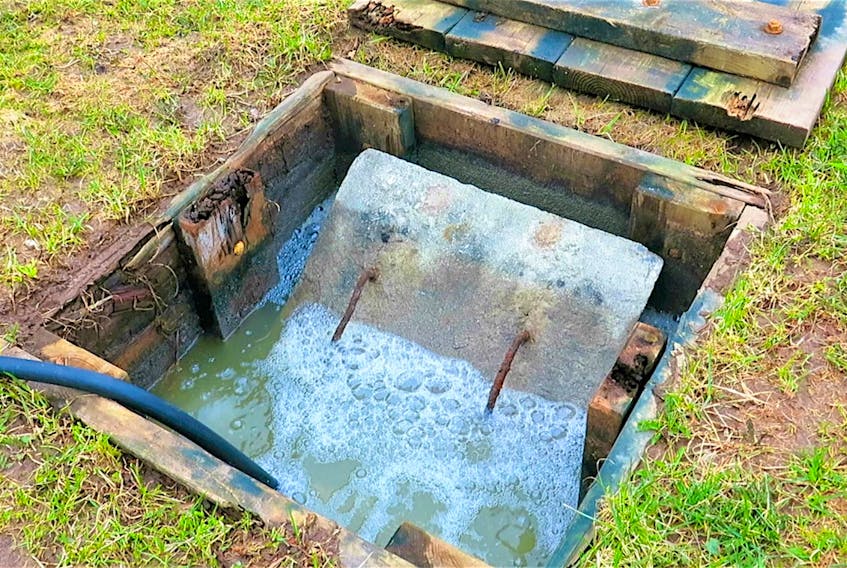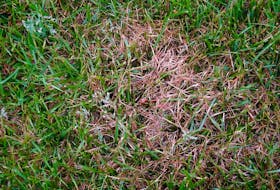Q: What should I do about my failing septic system? Whenever someone lets water out of the bathtub, I can see it bubble up out in the yard. Should I dig down into the ground to find the top of the tank or let a septic company dig it up for me?
A: Digging down to the tank won’t do any good since you need much more than a pump-out. It sounds like you’ve got a classic case of a failed leaching bed. This is an area downstream from your septic tank with perforated pipes sitting not far below the surface. The sewage from your home enters your septic tank where it undergoes partial digestion.
After being in the tank for a while, the sewage makes its way into the leaching pipes and eventually into the soil around those pipes. The ability of the soil in the leaching bed to accept sewage can be compromised by various things. Internal sludge or biomat growths within the leaching pipes can plug the holes in the pipes.
The soil around the pipes can also stop allowing water to percolate through it because of soap residue and chemical hardening.
Trouble like this never happens all at once on a leaching bed. When the sewage can no longer get out of the pipes properly in most places, it usually bubbles up in the least clogged area because that’s all it can do. I suspect that you’re seeing your bathwater coming up in a relatively small area of the ground, right?
There are two possible solutions. You can call in a septic contractor. He’ll dig out your old leaching bed (leaving the tank, which is probably still good), then replace the soil and the leaching pipes. This solution will work, but it can easily cost $10,000 and your yard will look like Vimy Ridge for a while.
Another solution that works most of the time is to clean out your leaching pipes and re-establish the percolation abilities of the leaching bed soil. The existing pipes and soil remain where they are.
Back in 2011, I had the same problem you have now, but I fixed it completely using this method and a couple of hundred dollars of material. My leaching bed went from completely plugged to working perfectly after one Saturday morning’s work. It has continued to function perfectly over the last five years of heavy use. If the leaching bed ever plugs again, I’ll simply repeat the revival process. Here’s a link to learn more about what I did:
Q: What should I put on the interior walls of a garage I’m converting to a workshop? I’ve kicked the car out and two of the walls are currently covered with OSB. Should I cover the remaining walls in OSB or drywall? I’m concerned about mould and deterioration if it gets damp in the garage.
A: That sounds like a good plan you’ve got going. Workshops have walls covered in all sorts of materials, but drywall and OSB (oriented strand board) aren’t ideal in my experience. Drywall is pretty fragile, and OSB looks cheap even when painted. It’s also flammable. Either material will work, but the best I’ve seen for a shop is metal roofing.
You order pieces in the lengths you need and fasten them with the usual roofing screws. What you get is a tough, waterproof, fire-resistant surface that looks great while never needing to be finished. The dampest time of the year for home workshops is spring. When warm, moist outside air enters the shop immediately after a cold snap, the surfaces in the garage are still cold enough to cause condensation. A little bit of heat in the garage during these times will stop your tools and equipment from rusting.










